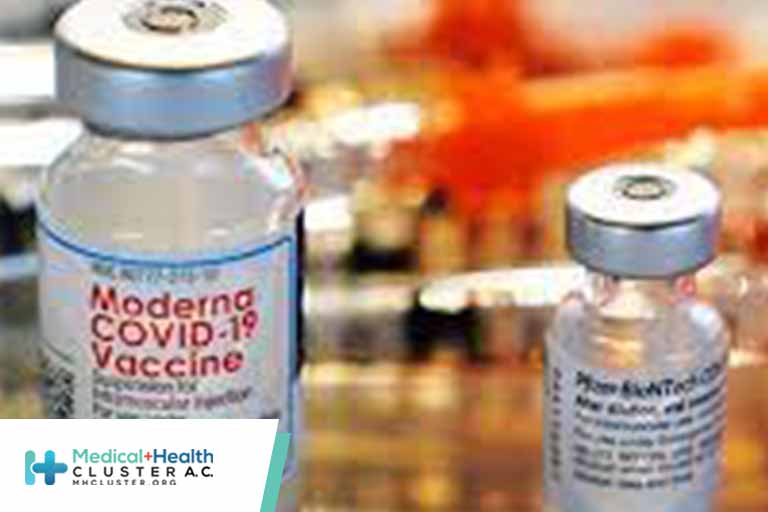En atención a la creciente preocupación sobre la confianza en...
Leer más
Americans Wonder: Which COVID-19 Booster Is Best?

Americans this week were handed a big decision when it comes to getting a COVID-19 vaccine booster. The U.S. Centers for Disease Control and Prevention (CDC) on Thursday said individuals who qualify could choose a different vaccine from the one they received for their initial inoculation.
For Americans asking how to choose, the following is what some experts advise.
THE LATEST CDC GUIDELINES ON BOOSTERS
The CDC now recommends that everyone 18 and older who got the Johnson & Johnson vaccine at least two months earlier should receive any one of the authorized COVID-19 boosters.
Those who got either of the messenger RNA (mRNA) vaccines from Pfizer/BioNTech or Moderna who are 65 or older are eligible for a booster. So are those ages 18-64 who are at risk because of where they work or live or because of health issues that put them at risk of serious illness, such as diabetes.
OPTIONS FOR J&J RECIPIENTS
Although the choices may seem confusing, Dr. Monica Gandhi, an infectious disease expert at the University of California, San Francisco, tried to break it down as simply as possible.
“Fundamentally, you can get whatever you want for your booster, except for something very particular: Johnson & Johnson should be followed by an mRNA, period.”
The FDA cleared a second J&J shot based on data showing it increased vaccine efficacy against COVID-19 disease to 94%, up from 72% as a single-dose vaccine.
But a U.S.-government study of mixed booster shots found that people who followed a J&J shot with an mRNA booster had significantly higher levels of protective neutralizing antibodies.
MAKE IT EASY
The CDC’s recommendations reflect the agency’s desire to make it easy to administer the shots. It gives physicians more leeway to advise patients who are at risk for certain side effects to try a different vaccine.
For example, younger men, particularly those aged 12-29 who have a higher risk of rare heart inflammation side effects linked with mRNA vaccines, now have the option of receiving a J&J booster.
Likewise, younger women, who are at higher risk of rare but life-threatening blood clots from the J&J vaccine, can now choose an mRNA booster.
It also allows for the possibility that not every pharmacy or doctor’s office will carry all three types of boosters.
PFIZER OR MODERNA?
For those who got mRNA vaccines, the evidence suggesting a need for a booster is strongest for older adults who got the Pfizer/BioNTech shots, said Dr. Paul Offit, an infectious disease expert at the University of Pennsylvania and a member of the FDA’s vaccine advisory panel.
For younger individuals initially vaccinated with an mRNA vaccine, the decision is more nuanced. Protection from the Pfizer/BioNTech vaccine appears to wane more quickly than the Moderna shots, but both still do a good job at preventing hospitalization and death.
Pfizer’s initial two-dose regimen was administered three weeks apart, and Moderna’s was given with a four-week gap. That longer spacing may be contributing to that difference rather than any inherent strength of the vaccine, experts said.
Pfizer’s shot contains 30 micrograms of vaccine and so does its booster. Moderna’s original shots were 100-microgram doses, but the booster is approved as a half dose. It is not yet known whether Moderna’s lower-dose booster will have the same durability as the original shots.
Kathryn Edwards, a vaccine researcher at Vanderbilt University Medical Center, said the lower dose may reduce the short-term side effects such as fever and body aches associated with the higher-dose Moderna shot.
Gandhi recommends that people over 65 who got the Pfizer vaccine spaced three weeks apart should get a third shot of either one. Anyone else should consult with their doctor for a more personalized discussion of risks and benefits.
https://www.medscape.com/viewarticle/961441?src=soc_fb_211025_mscpedt_news_mdscp_booster&faf=1
Créditos: Comité científico Covid




